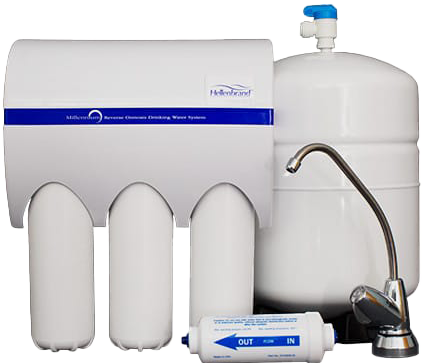What is Reverse Osmosis?
Reverse Osmosis is a water treatment technology most commonly known for its use in the purification of drinking water. It is likely you have consumed reverse osmosis water under the recognized brands Aquafina®, Dasani®, Nestle Pure Life® and Smart Water®.
With public awareness growing on the potential for contaminants in drinking water, reverse osmosis continues to be the leading technology because of the ability to remove the most contaminants to the lowest levels with a single device.
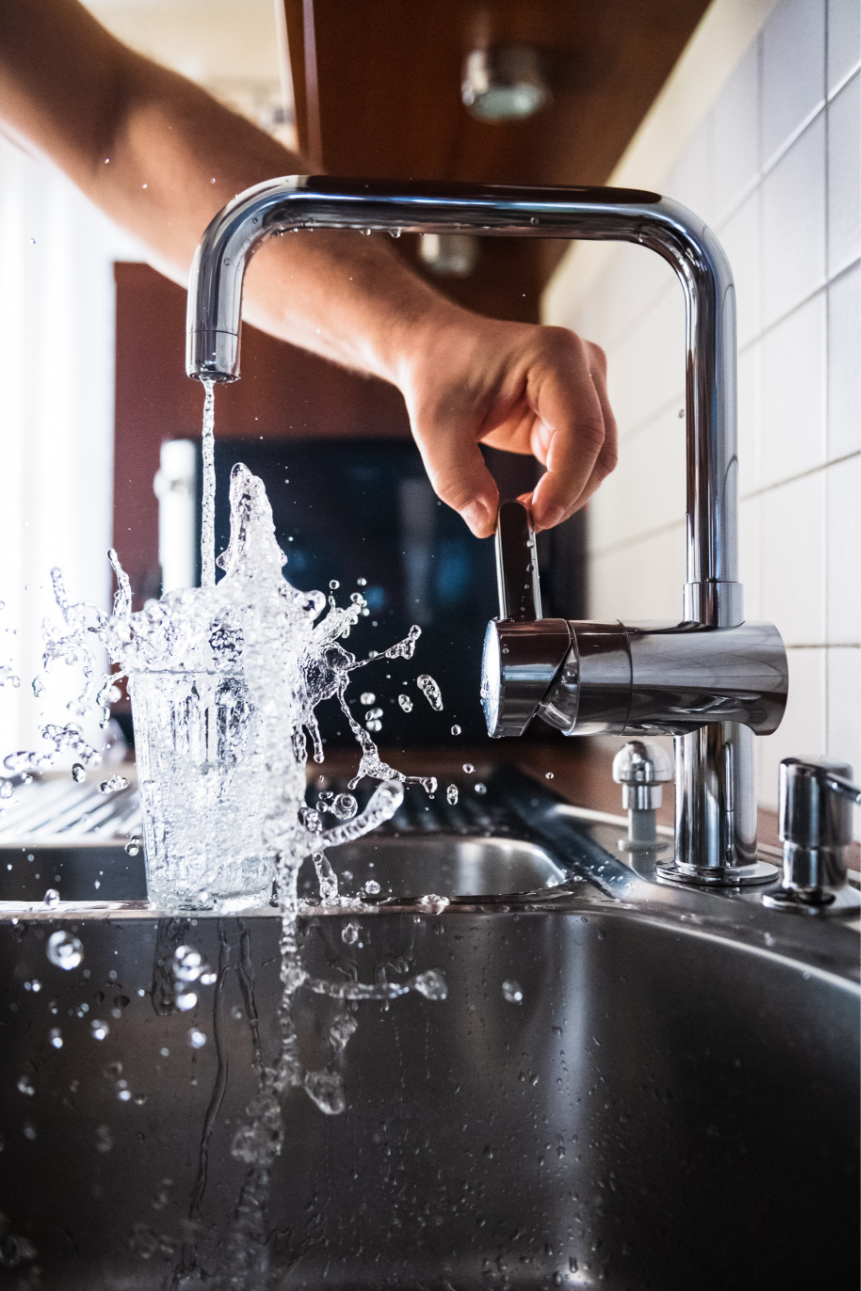
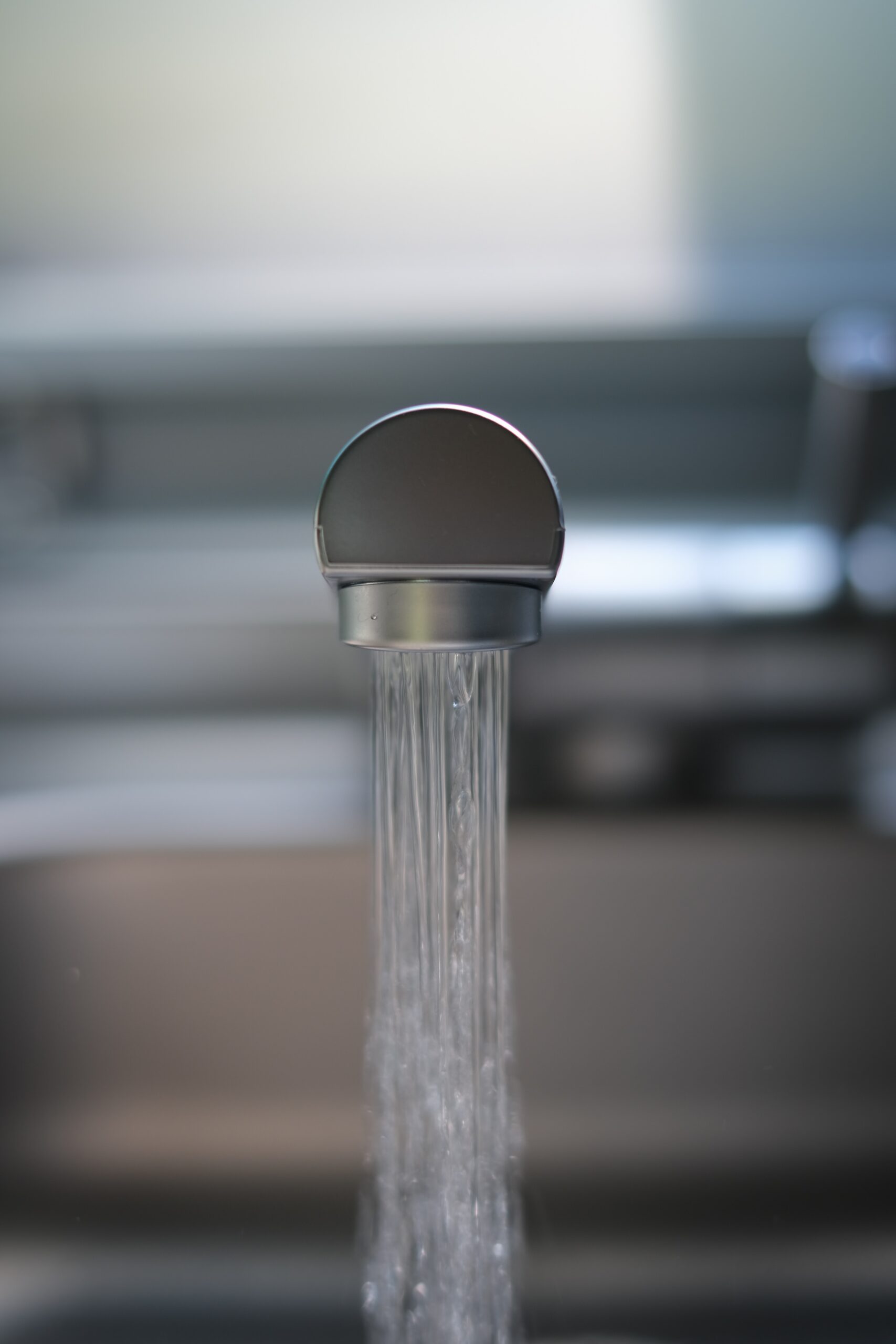
How Does Reverse Osmosis Work?
By forcing water under pressure through the pores of a reverse osmosis membrane, contaminates larger than one ten thousandths of one micron (0.0001 microns) are removed from water. Because of the extremely fine filtering ability the contaminants are flushed to the drain rather than collected. This prevents the membrane from plugging.
A proper reverse osmosis configuration for household use should consist of at least three stages of filtration:
- Pre-Filtering of the water removes larger particles of at least 5 microns or smaller. Dechlorination of city water will be done in this stage.
- The RO Membrane is the core of the system, providing the purification of the water. Typically, water is purified at a rate of one gallon per hour. Because of the relatively slower process, this water must be accumulated and stored in a small tank.
- When water is desired it leaves the pressure tank and passes though a third and final polishing filter before it reaches your glass.
What are the benefits?
Reverse Osmosis drinking water systems have the ability to remove more contaminants than any other drinking water filter technology.
Common contaminants such as Arsenic, Chromium, Fluoride and Nitrate cannot be removed with non reverse osmosis filters with the exception of distillers or costly contaminant specific cartridges.
Steam irons, humidifiers and other appliances that are sensitive to minerals in water can be operated with reverse osmosis water.
By greatly improving the taste and appeal of most city and well waters, the expense and hassle of bottled water is eliminated
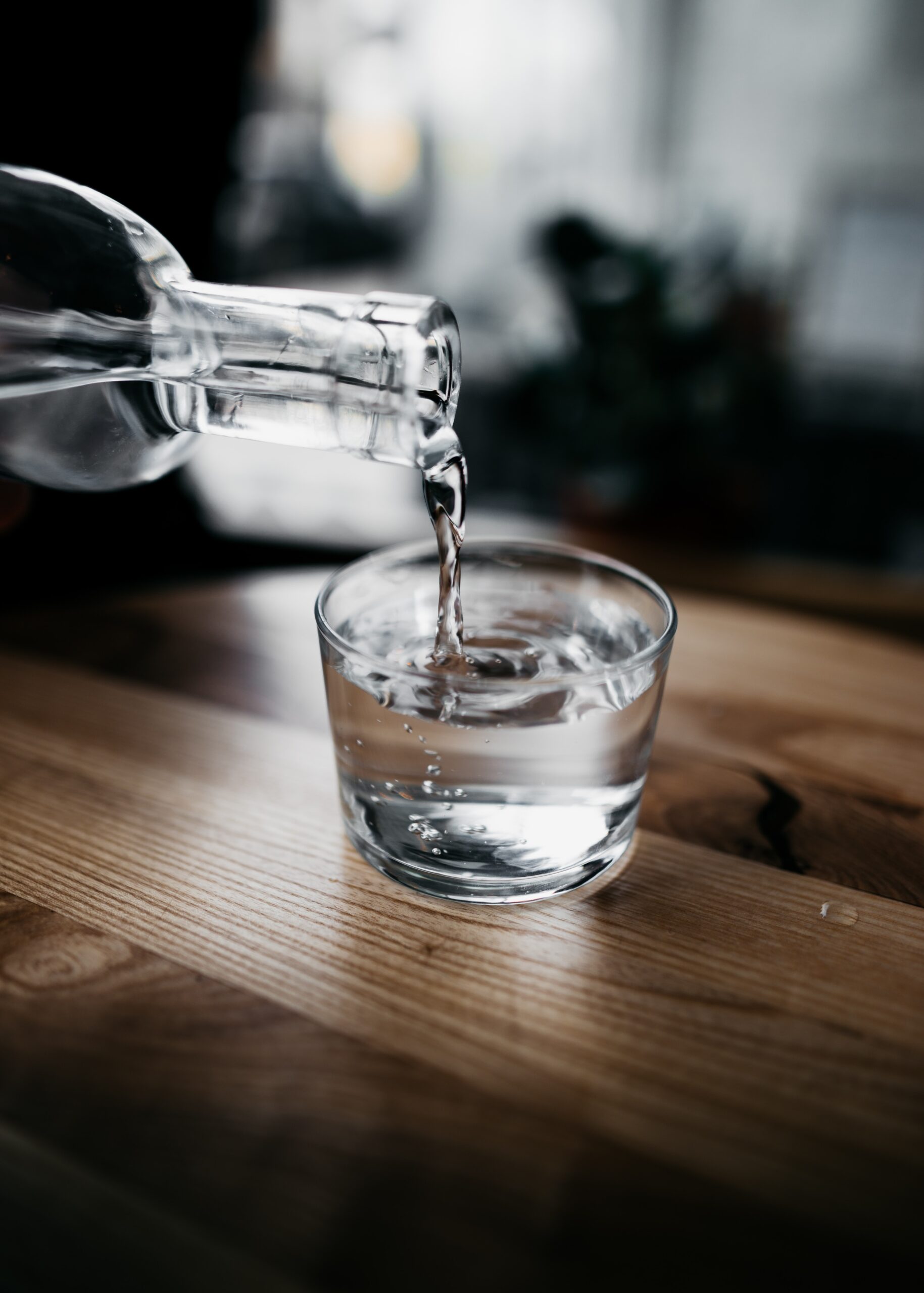
Hellenbrand Millennium Reverse Osmosis (MRO-35)
Pentair Freshpoint GRO475
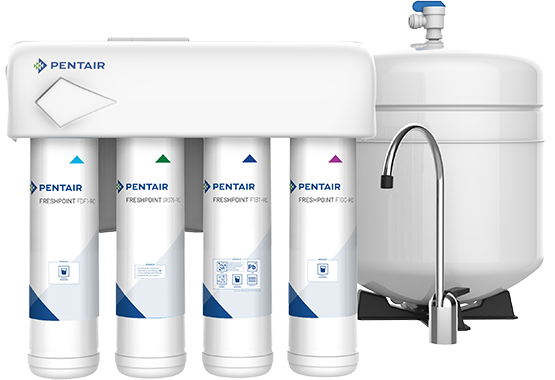
The Freshpoint GRO475 is the first of it’s kind water savings Green Reverse Osomsis (GRO) technology. Typical reverse osmosis systems require up to 5 gallons of discharge water to produce 1 gallon of purified water. The Freshpoint GRO475 is a 1 to 1 ratio. This system is also equipped with quick change fully disposable cartridges and system check valves that make filters changes quick, easy and trouble free.

